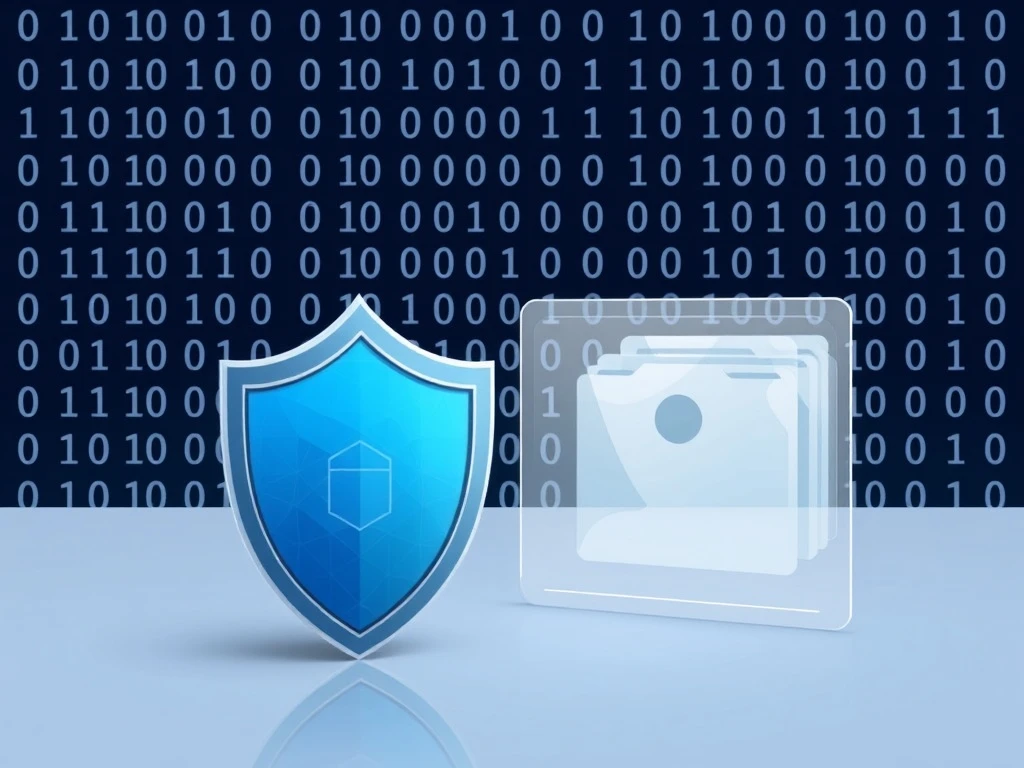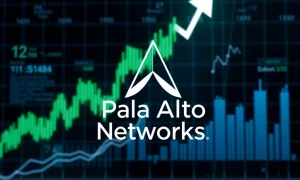In today’s digital landscape, organizations constantly handle sensitive information while users increasingly demand transparency. Many professionals confuse data protection with data privacy, yet understanding this distinction proves crucial for compliance and trust-building. This comprehensive analysis clarifies the fundamental differences between these critical concepts.
Defining Data Protection vs Data Privacy
Data protection refers to the technical and organizational measures that safeguard information from unauthorized access, corruption, or loss. Conversely, data privacy concerns the proper handling, processing, and governance of personal information according to individual preferences and legal requirements. Essentially, protection focuses on security mechanisms while privacy addresses usage rights.
Key Differences in Implementation
Organizations implement data protection through:
- Encryption technologies for secure data storage
- Access control systems limiting information availability
- Regular security audits and vulnerability assessments
- Backup and disaster recovery procedures
Data privacy implementation involves:
- Consent management systems for user permissions
- Privacy policy development and transparency
- Data processing purpose limitations
- User rights management procedures
Legal and Regulatory Framework
Various regulations address both concepts differently. The GDPR specifically separates data protection requirements from privacy principles. Similarly, CCPA emphasizes consumer privacy rights while mandating reasonable security practices. Compliance requires understanding both aspects thoroughly.
Practical Business Applications
Businesses must balance both concepts effectively. For instance, implementing strong encryption (protection) while ensuring transparent data usage policies (privacy). This dual approach builds customer trust and prevents regulatory penalties.
Technology’s Role in Both Domains
Modern solutions address protection and privacy simultaneously. Privacy-enhancing technologies provide security while maintaining compliance. Additionally, automated compliance tools help organizations manage both aspects efficiently.
Future Trends and Considerations
Emerging technologies continue reshaping both fields. Artificial intelligence introduces new protection challenges while raising privacy concerns. Consequently, organizations must stay updated on evolving best practices.
Frequently Asked Questions
What is the main difference between data protection and data privacy?
Data protection focuses on securing information from breaches, while data privacy concerns how data is collected, used, and shared according to user preferences and regulations.
Can you have data protection without data privacy?
Yes, organizations can implement strong security measures while still mishandling data unethically. Both elements must work together for comprehensive data management.
Which regulations govern these concepts?
Major regulations include GDPR, CCPA, HIPAA, and various national laws that address both protection requirements and privacy principles differently.
How do cookies relate to data protection and privacy?
Cookies involve both concepts: they require protection from unauthorized access and must be used according to privacy principles including user consent and transparency.
What are the consequences of ignoring either aspect?
Organizations face regulatory fines, reputational damage, and loss of customer trust when neglecting either data protection or privacy requirements.
How often should companies review their data practices?
Regular reviews should occur at least annually, or whenever significant changes occur in technology, regulations, or business operations.


















